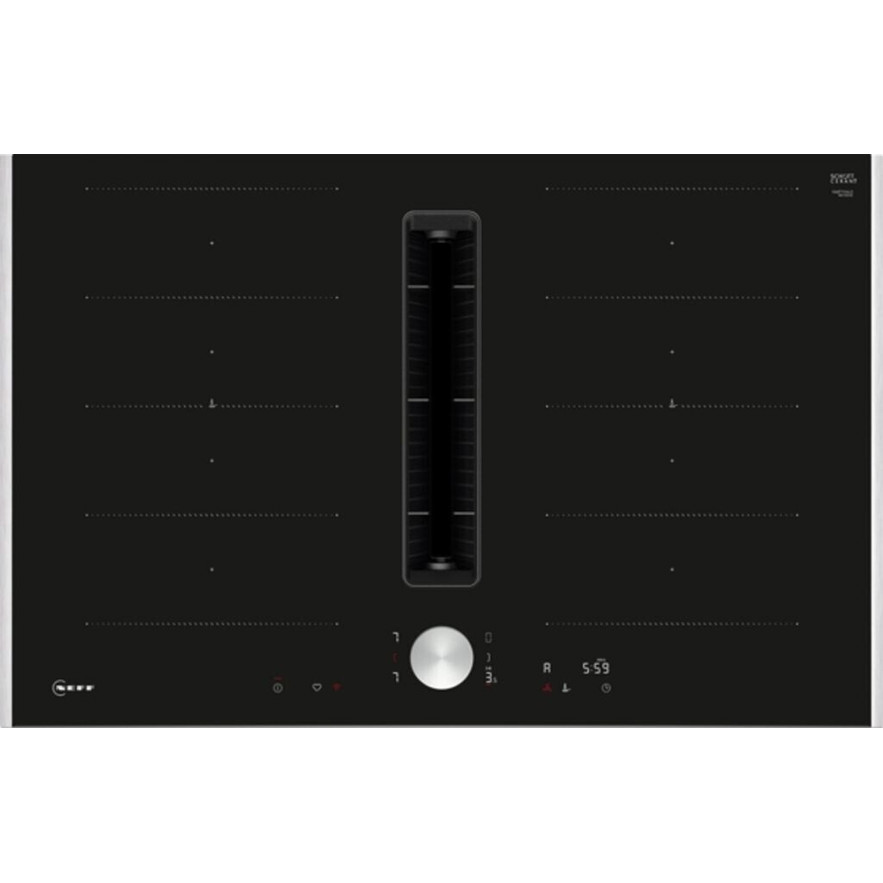Five Built-in Oven Test Lessons Learned From Professionals

Built-in Oven Test: Finding Your Oven Match Made Easy
In the realm of culinary quality, selecting the best built-in oven can be a video game changer for any kitchen enthusiast. Built-in ovens effortlessly blend functionality with aesthetic appeals, adding worth to your home while enhancing your cooking abilities. However, navigating the myriad of alternatives offered today can be difficult. This blog site post aims to guide prospective purchasers through the complexities of built-in ovens, total with a comprehensive test assessment table, often asked questions, and lists that streamline the decision-making process.
What is a Built-in Oven?
A built-in oven is created to be set up into kitchen area cabinetry, providing a tidy and streamlined appearance while saving counter top area. Unlike freestanding ovens, built-in variations are more integrated into the cooking area style, frequently providing sophisticated features and various cooking modes, from conventional baking to state-of-the-art steam cooking.
Why Choose a Built-in Oven?
The benefits of investing in a built-in oven extend beyond simple aesthetic appeals. Here are some compelling reasons to think about:
- Space Efficiency: Built-in ovens are perfect for cooking areas with limited area, enabling more countertop location.
- Style Integration: They add to a cohesive kitchen area style with cabinets and countertops.
- Advanced Features: Most built-in ovens come equipped with the most recent cooking technologies, such as convection cooking and clever features.
- Alleviate of Use: With ergonomically created controls and settings, they offer an user-friendly experience.
Secret Features to Look For
When searching for a built-in oven, think about the following important functions:
- Size: Typically, built-in ovens come in 24-inch, 27-inch, and 30-inch widths. Evaluate your existing cooking area space and cabinets.
- Type: Decide in between wall ovens or double ovens, depending upon your cooking needs.
- Fuel Source: Choose in between electric or gas choices based upon your cooking routines and choices.
- Control Type: Opt for digital controls for more precise temperature level management and added functions.
- Self-Cleaning Options: Look for self-cleaning ovens that enhances maintenance.
- Smart Technology: Explore ovens with Wi-Fi connectivity for push-button control access and monitoring.
Built-in Oven Test Evaluation
To streamline the decision-making process, we conducted a thorough test evaluation of several popular built-in ovens readily available on the marketplace today. Below is a summary of the test results:
| Oven Model | Size | Type | Smart Technology | Self-Cleaning | Price Range |
|---|---|---|---|---|---|
| Design A | 30 inches | Electric | Yes | Yes | ₤ 1,200-₤ 1,500 |
| Design B | 27 inches | Gas | No | No | ₤ 800-₤ 1,200 |
| Model C | 30 inches | Electric | Yes | Yes | ₤ 1,500-₤ 2,000 |
| Design D | 24 inches | Electric | Yes | Yes | ₤ 900-₤ 1,300 |
| Design E | 30 inches | Gas | No | Yes | ₤ 700-₤ 1,000 |
Notes on Test Results:
- Model A stood out with its clever innovation and self-cleaning features, making it perfect for tech-savvy chefs.
- Model B, while lacking in advanced functions, offers robust performance, specifically for gas lovers on a budget.
- Model C excelled in easy to use technology while commanding a premium price.
- Model D is a compact choice best for smaller sized kitchen areas, including necessary features.
- Design E presents an affordable solution for those seeking a dependable gas model.
Factors to consider Before Purchase
As prospective buyers assess their alternatives, here are key aspects to think about:
- Cooking Habits: Assess your cooking frequency and the range of meals you prepare to ensure your picked oven has the ideal features to fit your needs.
- Kitchen area Layout: Ensure the selected oven fits seamlessly into your cabinetry, keeping in mind the size and style of your kitchen area.
- Spending plan: Factor in prospective installation expenses and associated home appliances in your overall budget plan.
- Upkeep: Review the cleansing choices readily available. A self-cleaning oven may conserve time and effort.
- Resale Value: Built-in ovens frequently add worth to homes; research which brands and models retain resale worth.
Often Asked Questions (FAQs)
Q1: Are built-in ovens worth the investment?A1: Yes, built-in ovens can substantially improve your cooking experience and kitchen aesthetic appeals, making them a worthwhile investment for numerous home chefs. Q2: How long do built-in ovens generally last?A2: On average
, built-in ovens have a life expectancy of about 10 to 15 years, depending upon usage and upkeep. Q3: Can I install a built-in oven myself?A3: While some property owners may attempt
self-installation, employing a professional is
suggested to guarantee appropriate combination and security. Q4: Are built-in ovens energy efficient?A4: Newer built-in ovens generally offer much better energy effectiveness compared to
older models. Try To Find ENERGY STAR-rated appliances for
ideal efficiency. Q5: What is the typical expense of a built-in oven?A5: Prices can range substantially, typically from ₤ 700 to over ₤ 2,000, depending on the brand, features, and
size. Selecting the ideal built-in oven doesn't have to be a difficult job. With the insights supplied in this post, purchasers can navigate their options more efficiently by concentrating on crucial functions, assessment outcomes, and personal cooking requirements. Whether one opts for innovative innovation or a conventional design, a top quality built-in oven can substantially impact your kitchen area experience. By thoroughly comprehending the readily available alternatives, prospective buyers can discover the oven that finest meets their culinary goals. Pleased Backofen Dampf Test !

